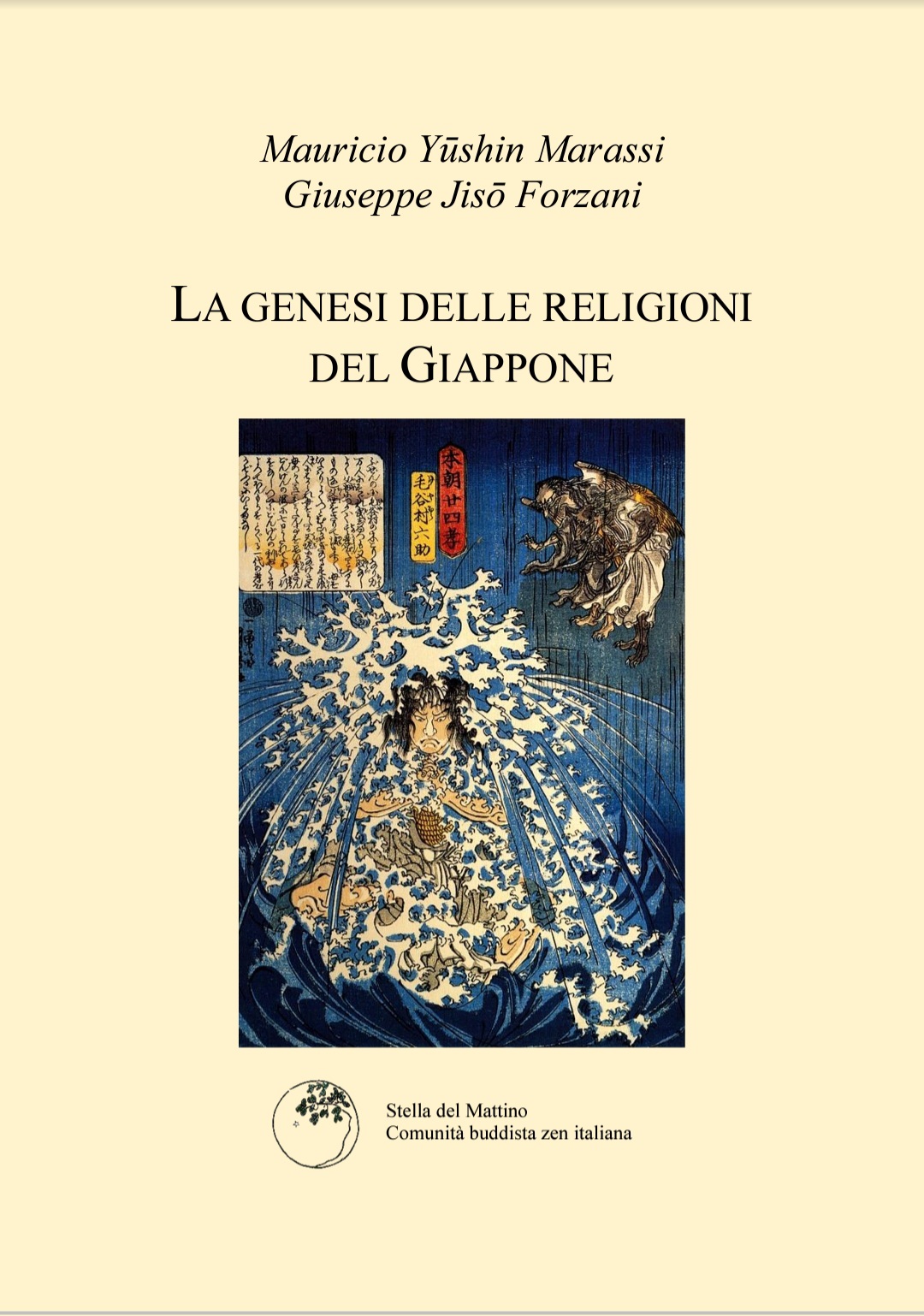Many of the major Rinzai training monasteries in Japan like Daitokuji, Myoshinji, and Nanzenji are located in Kyoto. The monks go out on takuhatsu through the streets of the city, all of them carrying bags around their necks with the name of the monastery clearly written on the front of it. Occasionally, I have stopped in front of a shop and some woman would come out and ask politely, “Oh, are you from Myoshinji?” “No,” I would reply, “I’m from Antaiji.” Suddenly the bright, friendly smile would disappear from her face and with a very skeptical eye she would look me up and down and deftly place a one-yen coin in my bowl instead of the ten-yen coin she had been preparing to give me. At times like that, I have felt so wretched. Going out on takuhatsu from Antaiji was not selling some famous brand name or reputation. I was often treated more like an ordinary beggar than like a religious mendicant. One thing people out on takuhatsu cannot abide are all the other people plying the trade. Among the beneficiaries of begging are, first of all, those monks and nuns from the “name brand” monasteries. Then there are monks wearing picturesque pointy hats and carrying a staff with metal rings on top that jingle as they walk around, or the Nichiren monks pounding their drums, and then there are the goeika Buddhist hymn singers walking around. I mustn’t leave out the mendicants of the Zen Fuke sect, playing the shakuhachi as they go around wearing the special straw hat that covers their head and face completely, plus the yamabushi, the itinerant mountain hermits. And, last but not least, there is the ordinary garden variety beggar. I once heard from one of the shop owners that on average five groups a day passed by looking for a handout. It follows that the first who come will get the best donations. That means the first fellow might get twenty yen, the second, five yen, and by the last one, down to one yen, if he or she were lucky, or perhaps nothing more than a “Get lost!” Just in terms of human emotions, this is understandable behavior. One day I went to Yamashina for takuhatsu. I used what little money I had to get there on the electric train. When I got off the train I took the side streets first, saving the best street to do takuhatsu for last. But just as I turned the corner to start down Plum Street, lo and behold, a komuso mendicant playing the shakuhachi came toward me from the opposite direction.vii He had obviously just finished making a stupendous haul! I felt just awful. To rub salt in the wound, the monk stopped in front of me and, with the utmost composure, said, “Pardon me for going first,” and continued on his way. Inside, I wanted to shout, “You rat, I’ve been saving this street for last!” But I took one look at his smirkingly proud face and the whole situation suddenly seemed so absurdly funny to me that I gave him a forced smile and bowed back. I suppose you could call that a sort of unwritten etiquette between mendicants. Another time I met one beggar three days in a row. The first day I met him was in southern Kyoyo near Oishi Bridge, on the second day, we crossed paths up north near Kumano Shrine and the third day, I ran into him near Kyoto Station. Running into him on that third day, I felt as though I had run into a colleague working in the same line of business. I almost called out to him, “Hey, how are you making out?” At the time, I guess a feeling of embarrassment came over me and I never did call out to him. Looking back on it now, I wish I had invited him to some nearby cemetery to take a rest and share a sandwich or something. At the time I looked at him thinking, “Oh, there’s a guy in the begging business.” And I am sure he must have looked at me with the same eye. I never knew whether he went up in the world or down, although I occasionally glimpsed him begging from door to door, ringing a small bell and reciting and singing a hymn.
Back
Se volete, lasciate un commento.
You must be logged in to post a comment.







